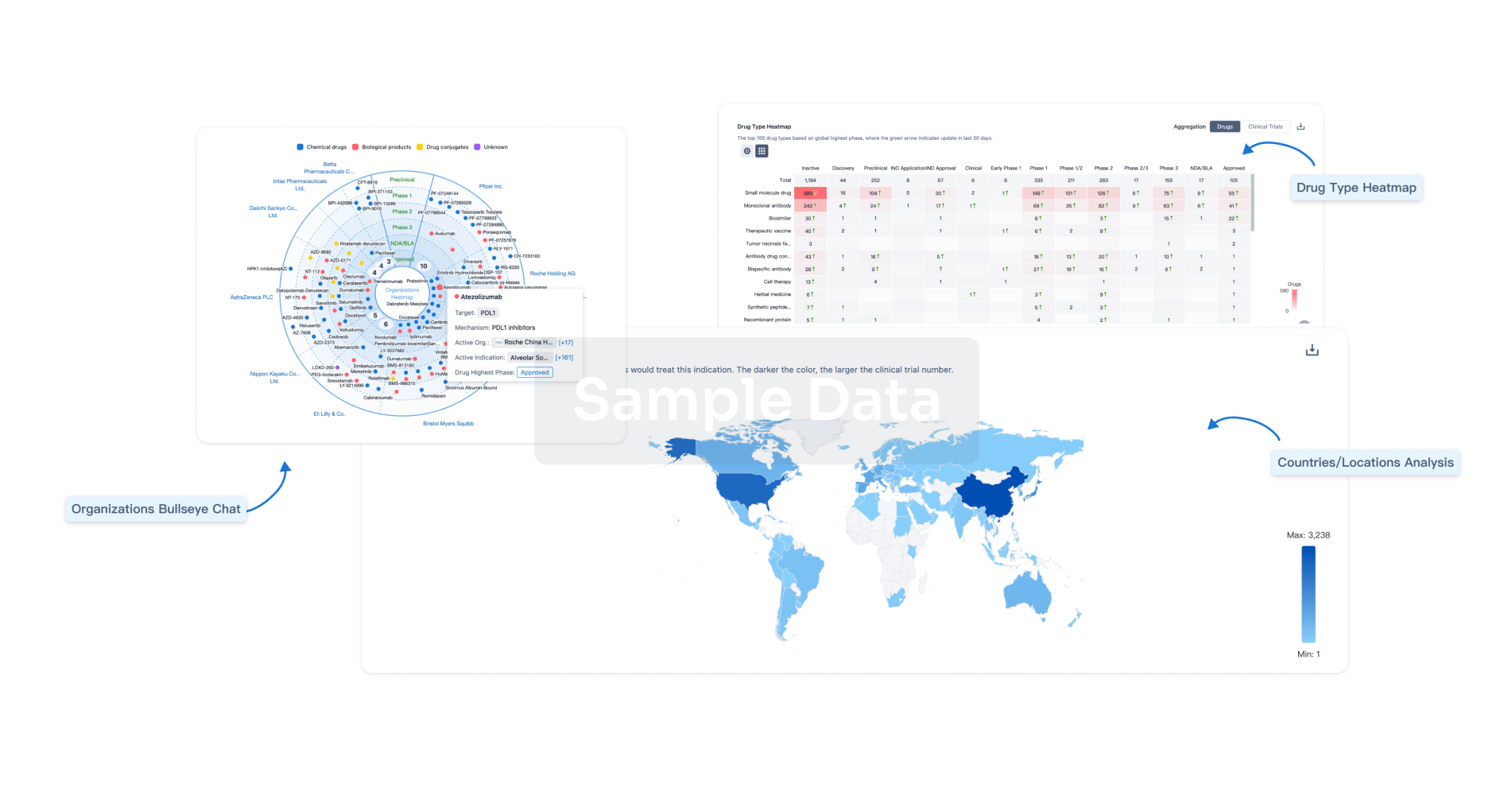Request Demo
Last update 08 May 2025
Negative Rheumatoid Factor Polyarthritis
Last update 08 May 2025
Basic Info
Synonyms Negative rheumatoid factor polyarthritis, RF-ve CP, Rheumatoid factor negative erosive chronic polyarthritis + [2] |
Introduction- |
Related
2
Clinical Trials associated with Negative Rheumatoid Factor PolyarthritisACTRN12621001657819
A Randomised, Double-Blind, Placebo-Controlled, Parallel Dose Comparison Study Evaluating Safety and Efficacy of SVT-6A4710 in Adults with active Rheumatoid Arthritis.
Start Date21 Nov 2022 |
Sponsor / Collaborator- |
NCT02437461
Dosing of Intra-articular Triamcinolone Hexacetonide for Knee Synovitis in Chronic Polyarthritis
This prospective randomised controlled single blind trial comparing the relapse rate in 6 months for 20 mg versus 40 mg intraarticular triamcinolone hexacetonide (Lederspan®) for knee synovitis in patients with rheumatoid arthritis (RA) and psoriatic artritis (PsoA) is performed to find the optimal dose to use.
Start Date01 Apr 2015 |
Sponsor / Collaborator |
100 Clinical Results associated with Negative Rheumatoid Factor Polyarthritis
Login to view more data
100 Translational Medicine associated with Negative Rheumatoid Factor Polyarthritis
Login to view more data
0 Patents (Medical) associated with Negative Rheumatoid Factor Polyarthritis
Login to view more data
282
Literatures (Medical) associated with Negative Rheumatoid Factor Polyarthritis04 Mar 2025·Schizophrenia Bulletin
Schizotypal Traits, Psychopathology, and Reflective Functioning Impairments During Adolescence: A Bayesian Network Approach
Article
Author: Pérez-Albéniz, Alicia ; Debbané, Martin ; Al-Halabí, Susana ; Fonseca-Pedrero, Eduardo ; Lucas-Molina, Beatriz
16 Jan 2025·Modern Rheumatology Case Reports
Symptomatic pachydermodactyly: A case report
Article
Author: Horita, Ayako ; Nogi, Shinichi ; Ohmatsu, Hanako ; Honda, Shogo ; Ito, Ayaka ; Yano, Yusuke ; Tabira, Yoshihiko ; Saito, Ikuo ; Tsuno, Hirotaka ; Matsui, Toshihiro
01 Dec 2024·Clinical Rheumatology
Relationship between SLCO1B1 polymorphisms and methotrexate intolerance in Mexican children with juvenile idiopathic arthritis
Article
Author: Villarreal-Treviño, Ana V ; Silva-Ramirez, Beatriz ; Garcia-Rodriguez, Fernando ; Garcia-Silva, Jimena ; Rubio-Perez, Nadina E ; Mata-Tijerina, Viviana
Analysis
Perform a panoramic analysis of this field.
login
or

AI Agents Built for Biopharma Breakthroughs
Accelerate discovery. Empower decisions. Transform outcomes.
Get started for free today!
Accelerate Strategic R&D decision making with Synapse, PatSnap’s AI-powered Connected Innovation Intelligence Platform Built for Life Sciences Professionals.
Start your data trial now!
Synapse data is also accessible to external entities via APIs or data packages. Empower better decisions with the latest in pharmaceutical intelligence.
Bio
Bio Sequences Search & Analysis
Sign up for free
Chemical
Chemical Structures Search & Analysis
Sign up for free
